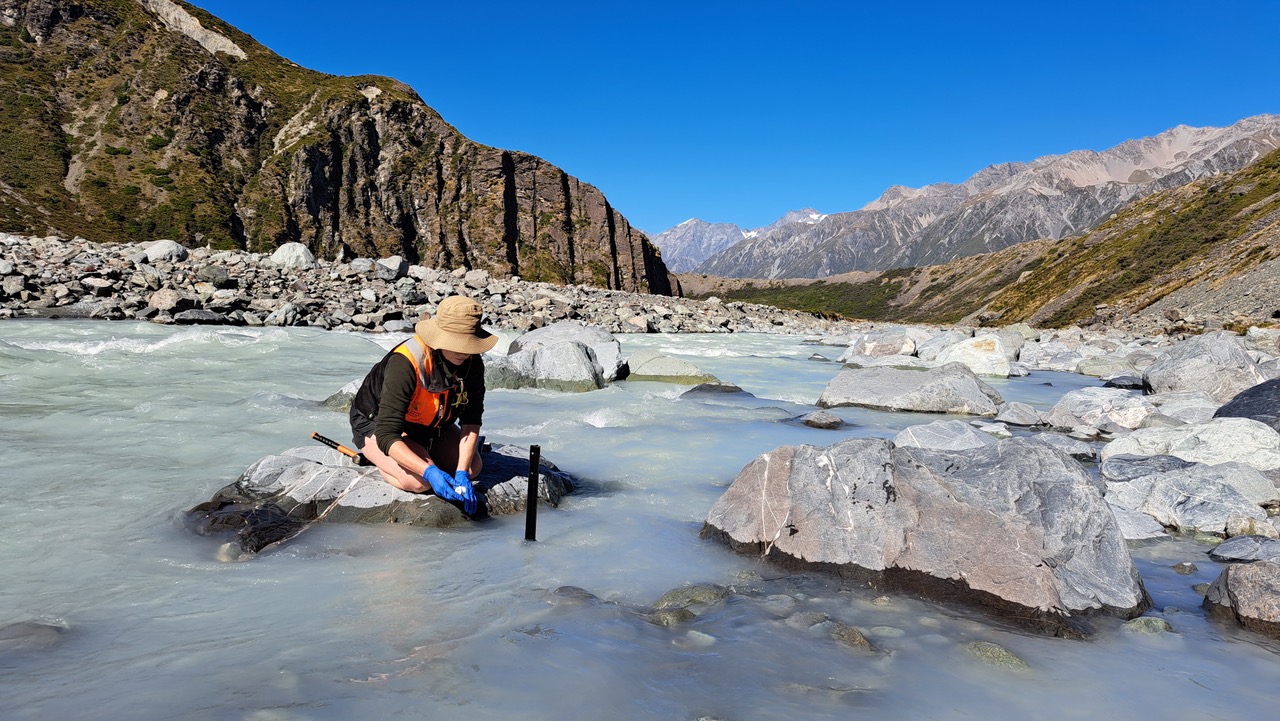Te Manahuna Aoraki Project is beginning to explore the potential role of eDNA technology.
All living things, like birds, insects, fish, plants and introduced pests leave behind ‘genetic breadcrumbs’ in the environments they live in. Once it is shed into the water, eDNA sticks around for a few hours, to a few days, so through water sampling, we can get a picture of the plants and animals in a local area.
eDNA is an efficient and effective tool that can help sample the biodiversity of entire catchments quickly to detect change. It has lots of applications including detecting surviving or invading predators within large landscapes.
The ZIP team has been trialling this technology across The Divide with Predator Free South Westland, and the learning from this work is now being applied in Te Manahuna. Te Manahuna Aoraki Project predator ecologist Nick Foster says ZIP is on the cutting edge of working with eDNA technology.
“It is extremely sensitive and powerful tool with lots of potential. While we are using eDNA to see what pests and natives species can be found in an environment we are also exploring how we can design eDNA sampling networks to tease out differences between, say, one rat versus 100 rats,” he says.
eDNA can also provide evidence to support (or refute) what we already believe to be true. For example, hedgehogs were not thought to present in Kirikirikatata / Mount Cook Range. eDNA sampling confirmed no trace of hedgehog DNA, which aligned with our detection results to date.
Other applications include scanning the birds, bugs, and plants before a pest control operation and then using eDNA to understand how the environment shifts to what should be a more healthy state over time.
Photo : Doug Rands – Jolene O’connor sampling eDNA


